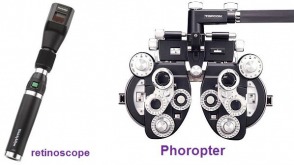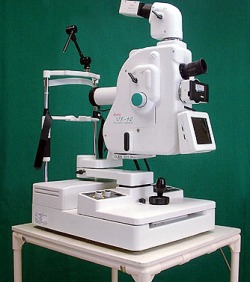Tools an Optometrist Uses

Tools are one of the most important things that an optometrist needs. They use tools such as phoropters, small objects, and retinoscopes to gather information of the eye (Jackie H. Chao). A phoropter is an instrument commonly used during eye examinations to measure an individual’s refractive error and to determine the patient’s prescription (Phoropter). Prism bars, occluders, and small objects may be used to assess eye alignment and eye movements. These are just a few of the tools used during an eye examination.

Optometrists also use topographers for corneal topography. Corneal topography is a non-invasive medical imaging technique for mapping the surface area of the cornea, which is the outer structure of the eye (Corneal Topography). An optometrist also uses penlights and transilluminators during an exam. These are used when assessing pupil light response, a neurological screening test. Specialty magnifiers help with the detailed inspection of ocular structures. However, there are still many more things optometrists need to examine patients.

Finally, optometrists use things like retinal cameras (or fundus cameras) to photograph and discover things about the eye. A retinal camera is a low power microscope with an attached camera designed to photograph the interior surface of the eye (Fundus Camera). Diagnostic eye drops are used to assess the various anatomical structures of the eye. Disease entity in early stages can be analyzed with certain tools. These tools all help optometrists do very important scans and such of a patient’s eye.
